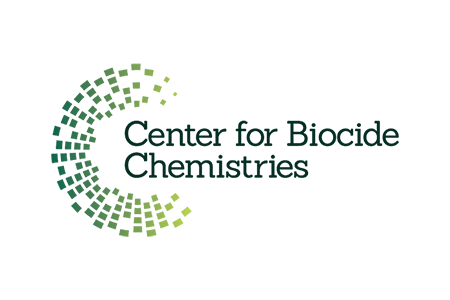Access to clean water is a basic human need for survival. One of the United Nations (UN) Sustainable Development Goals (SDG 6) is achieving “clean water and sanitation for all.” However, a new UN report finds that globally, 2.2 billion people have no access to clean water, while 3.5 billion people are forced to manage daily without hygienic sanitation.
The annual United Nations World Water Development Report, commissioned by the United Nations Educational, Scientific and Cultural Organization (UNESCO) was released on World Water Day and finds that we still need to make significant improvements to improve access to clean water. To achieve SDG 6, the U.N. established a set of targets to ensure that water – a vital source of life on Earth – remains available. Those targets say that by 2030, there should be, among other things, universal and equitable access to safe and affordable drinking water, adequate and equitable sanitation and hygiene, reduced water pollution, and increased water-use efficiency.
Clean water is needed to support all aspects of life. From disinfecting drinking water to promoting water sustainability and safer industrial processes, antimicrobial chemistries play a crucial role in supplying clean water by controlling the growth of harmful microorganisms. Here are a few ways that antimicrobial chemistries (biocides) contribute to clean water:
- Drinking Water Disinfection and Treatment: Antimicrobials, such as chlorine or chloramine are commonly used to disinfect drinking water. These chemistries effectively kill or reduce bacteria, viruses, and other pathogens present in water, making it safer for consumption, food preparation, and other uses. Water treatment with antimicrobials has virtually eliminated water-borne diseases such as cholera and typhoid in developed countries with clean water and sanitation infrastructure. Millions who lack clean water and sanitation die from water-related diseases every year.
- Water Treatment in Disasters and Conflict: Floods, conflicts, and other disasters can damage drinking water wells and lead to aquifer and well contamination. Floodwater can contaminate well water with livestock waste, human sewage, and other contaminants that can cause illness. When there’s no access to clean, safe water and boiling water is not possible, the Centers for Disease Control and Prevention (CDC) recommends making water safer to drink by using a disinfectant, such as unscented household chlorine bleach, iodine, or chlorine dioxide tablets. These can help kill most harmful organisms, such as viruses and bacteria.
- Biofilm Prevention: Biofilms are slimy layers of microorganisms that can harbor pathogens and lead to water contamination. Antimicrobials are used to prevent the formation of biofilms in water distribution systems, pipes, and storage tanks. They also control the growth of biofilms in many industrial processes that rely on water, such as paper production.
- Wastewater Treatment: Antimicrobials are used in wastewater treatment to disinfect effluent and eliminate pathogens before discharge into the environment. By killing or inactivating harmful microorganisms, antimicrobials treat wastewater to meet regulatory standards and avoid risks to public health or ecosystems.
- Water Storage and Distribution: Antimicrobials are applied in water storage tanks, and distribution systems to maintain water quality during storage and transportation. These treatments inhibit microbial growth and contamination, ensuring clean water reaches consumers' taps.
- Cooling Towers: The UN report notes the importance of cooling tower technologies for efficient water use. Cooling towers, used to regulate heating, ventilation, and air conditioning in large buildings, can be especially prone to microbial growth. If unchecked and untreated, microbes can disperse into the air we breathe, causing sickness. Bacteria can also cause slime buildup, which can result in malfunctions. Antimicrobials kill and control harmful bacteria in cooling water systems, which creates a healthier ventilation system and saves on costly repairs.
Increased access and use of antimicrobial chemistries across the globe are critical as we strive to achieve clean water and sanitation for all. To learn more about how antimicrobials contribute to achieving the UN Sustainable Development Goals, click here.
